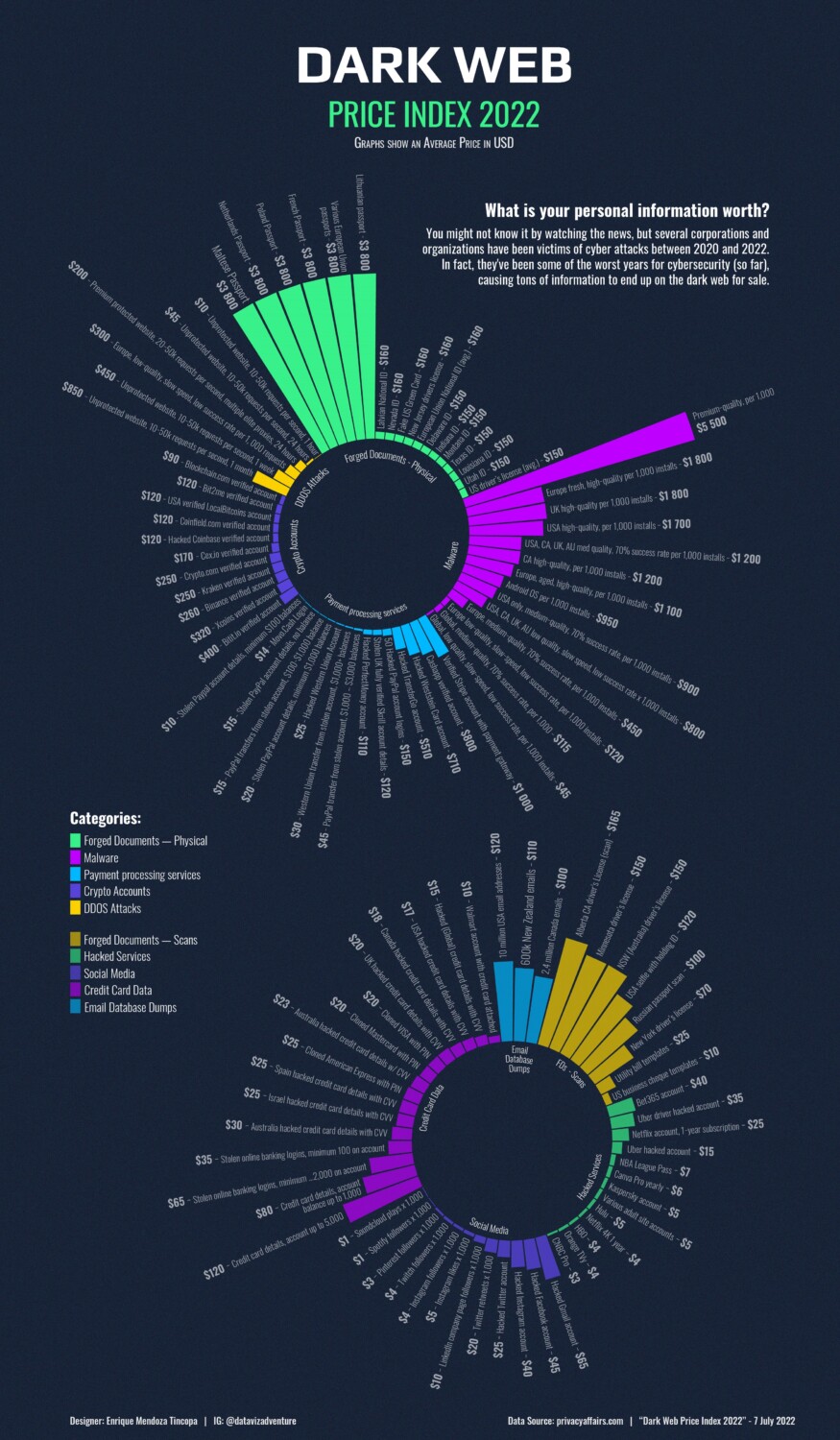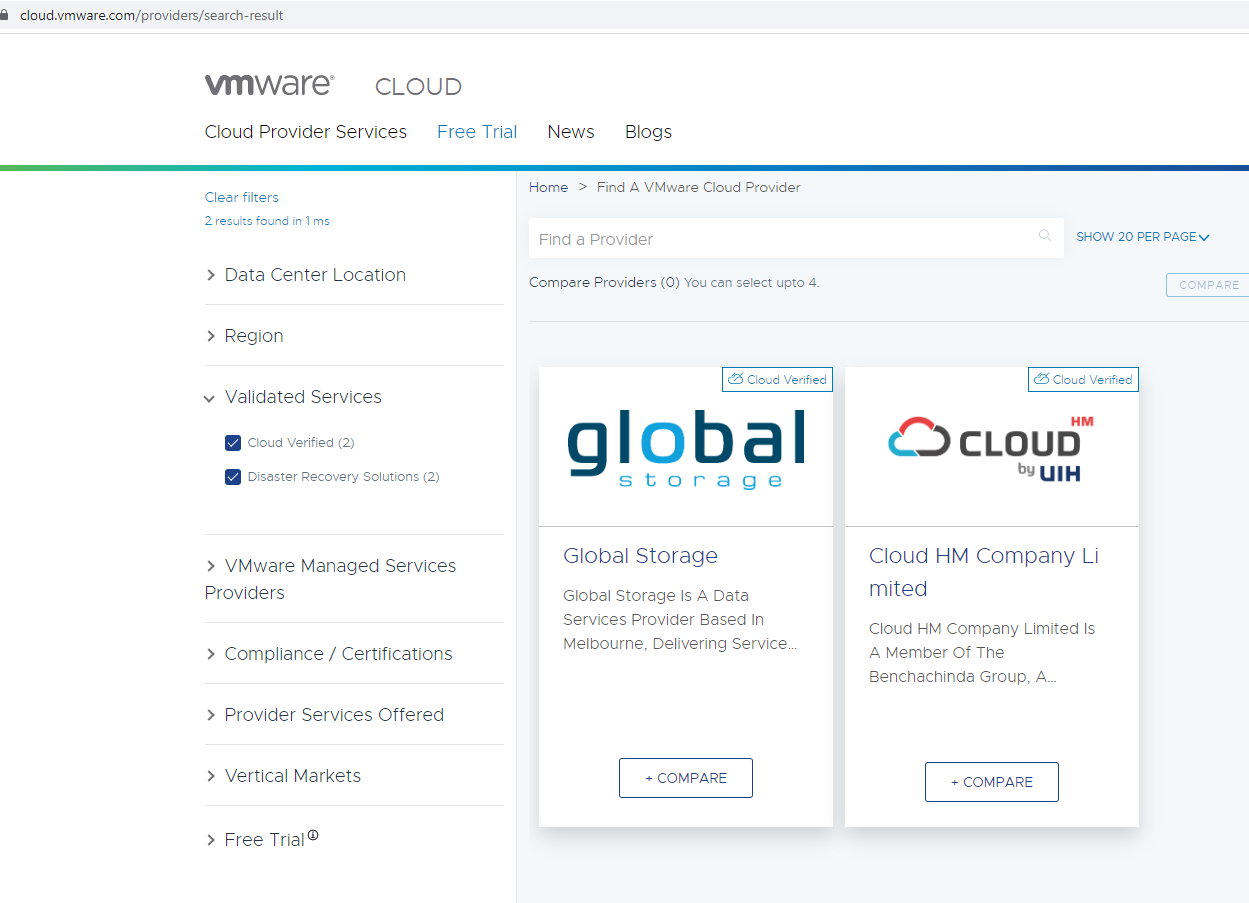Why Data Governance Risk & Compliance is a risky business. And what you can do about it.
While Data GRCaaS (Data Governance Risk and Compliance as a Service) may sound like yet another incomprehensible IT acronym to many, it’s likely to greatly interest those in your business responsible for managing risk. They know exactly how important GRC is to the well-being of your business and its future.
Non-compliance with data protection regulations is both risky and expensive. It can cost dearly in terms of reputation and financial penalties that few can recover from. One such example is the Medibank data breach of 2022. The Office of the Australian Information Commissioner (OAIC) has started court proceedings against Medibank for failing to take reasonable steps to protect their personal information from misuse and unauthorised access or disclosure in breach of the Privacy Act 1988. If the prosecution is successful, the maximum civil penalty order theoretically available under the Privacy Act, in this case, is an unimaginable AU$ 21.5 trillion. It’s unlikely that this magnitude of fine will be awarded, but it signals how seriously OAIC takes this case – and the importance of GRC.
But let’s back up a bit first and define Governance Risk and Compliance (GRC) and why it’s relevant to your data.
A (very quick) guide to GRC
Governance, Risk, and Compliance (GRC) is a structured approach used by organisations to align their IT and business goals while managing any risks. It helps to ensure compliance with regulations and maintain effective governance practices.
In plain language:
- The Governance part refers to the framework of rules, processes, and practices your organisation follows. It encompasses establishing policies, taking accountability for meeting those policies, and overseeing your business performance.
- The Risk aspect is all about the focus on identifying, accessing, and managing risks that could impact your ability to achieve your objectives. It includes risk management strategies and practices to mitigate potential threats (for example, cyber threats).
- And the Compliance part is the process of making sure you follow the letter of the law and adhere to both external regulations and your own internal policies. This includes monitoring and reporting on any compliance-related issues and ensuring your business meets its legal and ethical standards.
So, what’s Data GRC?
In adding Data to the GRC mix, the focus moves quite specifically to the areas of risk associated with data, like uncontrolled or illegal data access, exposure to data breaches, cyberattacks, and insider threats.
Safeguarding your data (and handling the ‘what comes next’) presents a unique set of challenges and adds still more layers of complexity to your GRC initiatives. Given the dynamic nature of cybercrime and the increasingly heavy fines for those who fail to protect their data, it’s a genuine worry for most businesses. And managing it internally, without expert and dedicated resources who have the time and knowledge to monitor, manage and protect your data 24/7, comes with its risks.
What are some of the everyday data risks we’re talking about?
- The effort of keeping up and responding to ever-evolving legal, industry, and internal requirements regarding how you protect your data, what you must do in case of a breach, and by when.
- Being blindsided by an incomplete view of your data.
- Slow response at times of need with manual remediation processes for mitigating risks.
- The struggle to implement and maintain a zero-trust security posture to help strengthen your security posture and compliance initiatives.
- Without an audit trail, you have no idea who has accessed, deleted, created, or moved your data.
- The inability to identify, prioritise, and address data security needs in real time (before it’s too late).
What is Data GRCaaS?
Data GRCaaS uses a service-based modular strategy designed to help you safeguard your data and ensure it is managed according to an agreed data compliance framework. And because the service is cloud-based and therefore scalable (and supported by industry-leading best practices and committed resources), it replaces the costly in-house infrastructure and experts you’d need to do the same job. It works across your entire environment – on-prem, cloud, or hybrid.
In real-world terms, what’s in it for you? How will it improve your GRC? Let’s take a look.
How does Data GRCaaS deliver on your compliance wish list?
Regulatory compliance is at the top of the GRC list. The good news is that if you need to comply with and report on data standards like SOCI, ACSC ISM, GDPR, PCI, HIPAA, HITECH, SEC, SOX, CJIS, CMMC, or PIPEDA in addition to your internal policies, you’re covered. With Data GRCaaS, you can’t slip up.
Data GRCaaS allows you to get to grips with your data. You’ll be able to discover, identify, classify, and label your sensitive data at scale in preparation for implementing DLP (data loss prevention). And this is a very good thing; DLP solutions help you protect your critical information, whether stored on endpoints, in the cloud, or in transit. Deep integration with Microsoft means it will also identify and categorise sensitive information in your emails, Teams, and SharePoint and pick up any unauthorised data exposure or behaviours. You’ll also save money with your newfound ability to identify stale data and decide if it can be archived or deleted – driving down your data storage costs.
You’ll also improve your security posture. Data GRCaaS will help you mitigate against the risk of data breaches, cyberattacks, and insider threats by adopting a Zero-Trust or least-privilege approach. Other compliance improvements include managing your permissions and understanding who is accessing, deleting, creating, and moving data – so you have control and visibility.
Peace of mind (and this can’t be overstated in terms of importance for those responsible for your GRC). A Data GRCaaS solution will mitigate your risk when it comes to data breaches, cyberattacks, and insider threats. It will also identify and action file-level security breaches as they happen. This includes insider threats, malware, and ransomware.
Lastly, your back is covered 24/7. Data GRCaaS is supported by real people who continuously oversee the management, reporting, and remediation of your data security, governance, and compliance risks – day in and day out.
What next?
With Data GRCaaS, you’ll be able to understand and remediate against industry-relevant data risks by type, sensitivity, regulation, risk, policy, and more. And we guarantee that’s going to make a lot of people happy and better able to sleep at night.





